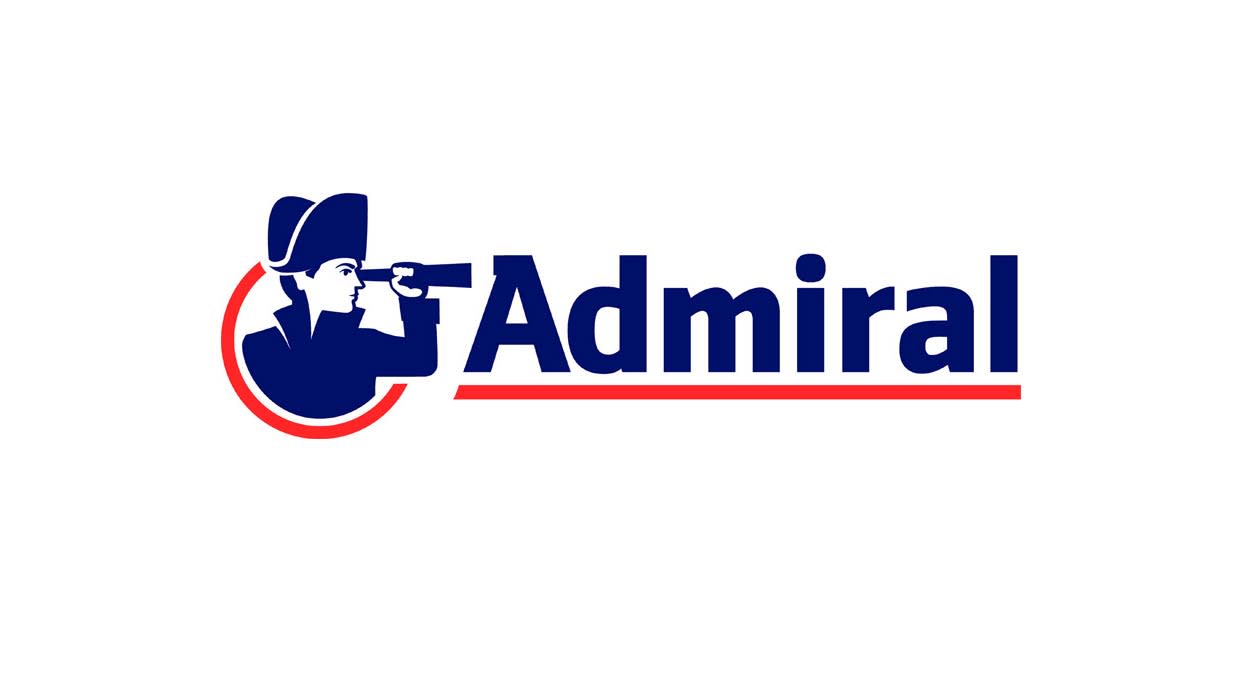Admiral reported a 31% rise in group sales to £4.8bn. That was driven by a 6% rise in customer numbers and higher insurance prices. Profit before tax rose 23% to £443mn, as gains from UK Motor and Home more than offset a small loss from International operations.
Insurance contracts were more profitable, with the group's combined ratio falling from 96.8% to 88.7% (measures costs vs premiums so lower = more profitable).
There was a rise in the solvency ratio, with measures capital levels compared to requirements, from 180% to 200%.
The board has proposed a final dividend of 52.0p (35.4p ordinary + 16.6p special).
The shares were flat in early trading.
Our view
Thanks to the quick pricing action early last year, Admiral is now starting to reap the rewards of an improving market.
UK motor insurance is the core division, which has been a tricky place to operate given the rising cost of servicing claims. But mammoth price hikes are starting to feed through as customers roll over to contracts at higher rates. Admiral was hiking prices ahead of the broader market early last year and customer numbers took a hit. But it wasn’t long before the market caught up on price. Over the second half, Admiral became more competitive and customer growth returned.
The net effect was UK Motor profitability trending back in the right direction after a slip at the back end of last year.
International efforts are a drag on profits for now, but positive trends mean the outlook is starting to improve. Customer numbers are growing, and a better grip on costs means profitability metrics are improving. It's an area to watch.
The business model relies heavily on reinsurance, where an insurer passes on insurance business to a third party who takes on the liability. This is a fairly common practice and allows insurance companies to build their brand by taking on all manner of customers but only being on the hook for risks they want.
Admiral’s ace is a significantly higher reinsurance rate than peers. Relationships are key, and this strategy allows Admiral to be selective on its risks while funnelling more data to the group's bespoke machine learning tools. It's a recipe that's helped deliver market-leading performance; there's no guarantee it will continue.
The key risk we see is regulation. Admiral makes a good chunk of profit selling add-on products. But with the regulator looking to clamp down on unfair practices we see these types of revenue streams as coming under pressure.
The groups solvency ratio is strong, a good way ahead of the group’s target range. Dividend growth from here looks attainable, but it's worth remembering the payout ratio is expected to be 90-95% of earnings - so if earnings surprise on the downside return levels would also fall. Of course, no dividends are guaranteed.
We think Admiral has several competitive advantages over many of its peers, from bespoke data analytics to strong relationships with reinsurers. But these strengths are already reflected in a valuation that’s a good step ahead of the sector.
Admiral key facts
All ratios are sourced from Refinitiv, based on previous day’s closing values. Please remember yields are variable and not a reliable indicator of future income. Keep in mind key figures shouldn’t be looked at on their own – it’s important to understand the big picture.
This article is not advice or a recommendation to buy, sell or hold any investment.No view is given on the present or future value or price of any investment, and investors should form their own view on any proposed investment.This article has not been prepared in accordance with legal requirements designed to promote the independence of investment research and is considered a marketing communication.Non - independent research is not subject to FCA rules prohibiting dealing ahead of research, however HL has put controls in place(including dealing restrictions, physical and information barriers) to manage potential conflicts of interest presented by such dealing.Please see our full non - independent research disclosure for more information.


